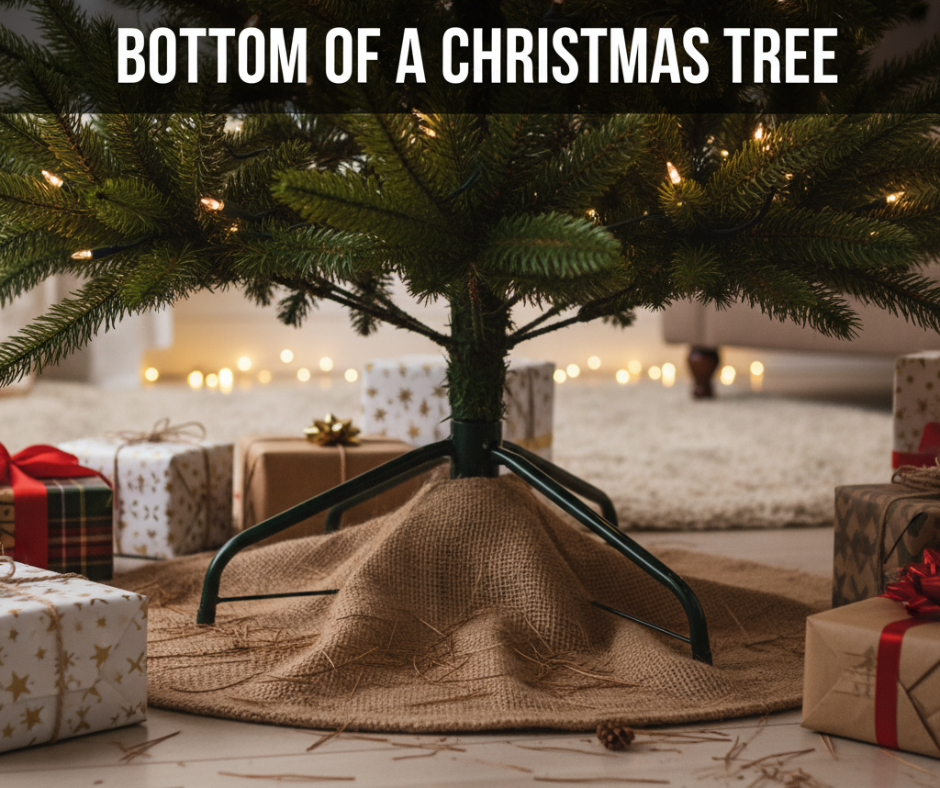The tradition of bringing a Christmas tree into the home evokes warmth, beauty, and festive cheer. However, behind this joyful practice lies a crucial step that many overlook or underestimate: cutting the bottom of the Christmas tree trunk before placing it in the stand. This simple but vital act dramatically influences how long your tree stays fresh, how safe it is, and how beautiful it remains throughout the holiday season.
This article delves into what happens if you don’t cut the bottom of a Christmas tree, explaining the science behind water absorption, the consequences of neglecting this step, and best practices for maximizing your tree’s longevity and safety.
Understanding the Importance of Cutting the Bottom of a Christmas Tree
When a Christmas tree is cut from the farm, its vascular system—the channels through which water travels in the tree—becomes exposed at the base of the trunk. However, once exposed to air, these vessels begin to seal with sap (a sticky resin) within hours, forming a waxy barrier.
-
Cutting the bottom of the trunk immediately before placing the tree in water removes this sealed layer, exposing fresh wood that readily absorbs water.
-
Water uptake through this open surface is essential for keeping the needles hydrated and preventing drying.
Neglecting this cut greatly reduces the tree’s ability to absorb water, leading to rapid drying and needle loss.
What Happens If You Don’t Make a Fresh Cut?
Profound Reduction in Water Uptake
Trees that are placed in stands without a fresh cut:
-
Immediately seal their base with resin.
-
Experience a sharp decline in water absorption.
-
Can absorb 50% less water or more, causing them to dehydrate quickly.
Accelerated Needle Drop and Drying
-
Without adequate water, needles become dry, brittle, and fall off in large quantities.
-
Dry trees lose their vibrant green color and look dull.
-
Needles may shed excessively, creating a mess around the home and detracting from festive beauty.
Increased Fire Hazard Risk
-
Drying branches and needles ignite much more easily and burn faster.
-
A well-watered tree with fresh cuts can absorb and retain moisture, reducing the risk of accidental fire.
-
According to fire safety experts, this simple step enhances home safety significantly during the holiday season.
Shortened Tree Lifespan
-
A lack of water uptake means the tree’s useful indoor life may be halved or worse.
-
You might have to remove the tree earlier than desired, losing valuable holiday enjoyment.
Science Behind Water Uptake in Christmas Trees
Trees absorb water like a straw through the xylem vessels in the trunk. The exposed surface at the bottom must be fresh and porous to allow water transportation.
-
When air dries the trunk base, the tree produces sap which acts like a cork, sealing the vessels.
-
This sealing mechanism is a natural tree defense but is counterproductive when the tree is harvested for indoor decoration.
-
Cutting off a thin slice of trunk right before placing it in a stand re-opens the vessels, ensuring maximum hydration.
How to Properly Cut the Bottom of Your Christmas Tree
Step-by-Step Guide
-
Prepare the Tree Immediately Before Setup
Cut at least 1 inch (2.5 cm) off from the base of the trunk with a sharp saw. For older or previously cut trees, consider cutting 2 inches to guarantee freshness. -
Cut Straight Across, Not at an Angle
A flat cut maximizes the surface area for water uptake. -
Place the Tree in Water Immediately
Once the fresh cut is made, immerse the trunk base in water without delay. Delays may allow sap to begin sealing again. -
Use a Stand With Adequate Water Capacity
Ensure the tree stand holds enough water. Larger trees require more water—up to a gallon daily in initial days.
Signs You Skipped the Bottom Cut and Consequences
-
Rapid needle browning within a day or two.
-
Excessive needle shedding noticeable while decorating.
-
Branches becoming limp or brittle quickly.
-
Tree blackening at the base where it contacts the stand.
-
Tree drying out faster despite regular watering.
Can You Salvage a Tree Without a Fresh Cut?
If you forget the cut initially:
-
Remove the tree from the stand.
-
Recuth 1–2 inches of trunk.
-
Return the tree to a water-filled stand immediately.
-
Monitor water levels closely for several days to rehydrate.
This can improve water uptake and revive some freshness depending on how long the tree sat without water.
Why Is This Step Often Overlooked?
-
New tree owners may be unaware of the importance.
-
Trees pre-cut and wrapped at the farm can feel “ready” but still require recutting.
-
People eager to decorate may delay placing trees in a stand, allowing sap to seal.
-
Assumptions that trees can absorb water regardless of trunk condition.
Education and awareness can help homeowners preserve their tree and prevent frustration during the holidays.
Additional Tips to Extending Tree Freshness
-
Always keep the water reservoir filled; never let it dry out.
-
Avoid placing trees near heaters or direct sunlight.
-
Opt for cool room temperatures around 60-72°F (16-22°C).
-
Use anti-transpirant sprays or humidifiers if indoor dryness is high.
-
Choose tree species known for long needle retention.
Read More: Why Is Christmas Not Celebrated in India? Exploring the Religious, Cultural, and Social Dimensions
Conclusion
Cutting the bottom of your Christmas tree trunk before placing it in a water-filled stand is a simple yet critical step that directly affects the tree’s hydration, needle retention, longevity, and safety. Failing to do so severely limits water absorption, causing rapid drying, needle drop, and increased fire risk—a preventable loss of holiday joy.
By understanding the science and following the correct practices, you ensure your tree remains lush, fragrant, and radiant throughout the festive season, creating treasured memories for years to come.



Add a Comment